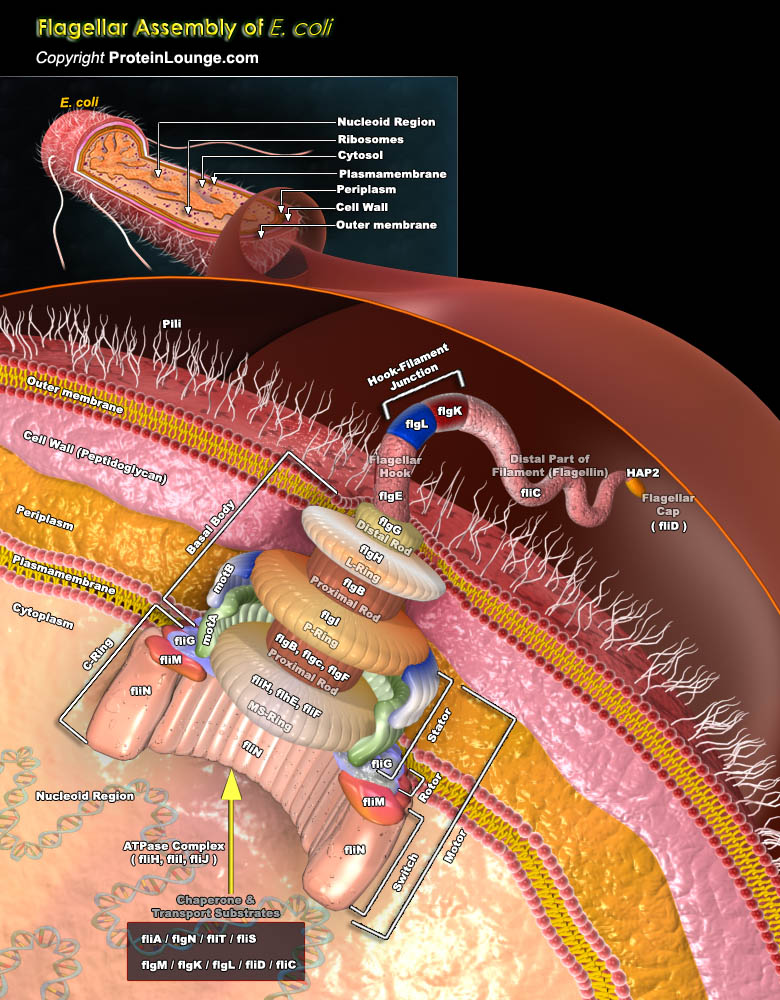
Flagella are hair like structures that help in locomotion of a cell or micro-organism. In gram negative bacteria like Escherichia coli (E.coli), flagella are an important system of protein transport besides being involved in the movement. Flagella can be present all over the surface, at one end or at both ends of the bacterium. Normally a flagellum consists of a long filament as a molecular screw, a hook that functions as a universal joint and a basal body which is a rotary motor. More than 60 genes are believed to be involved in flagellar formation and function (Ref.1).The rotary motor in flagella consist of several domains that include MS ring , the C ring, the switch complex, the rod, the export apparatus, L and P rings on the rod and the stator which is[..]
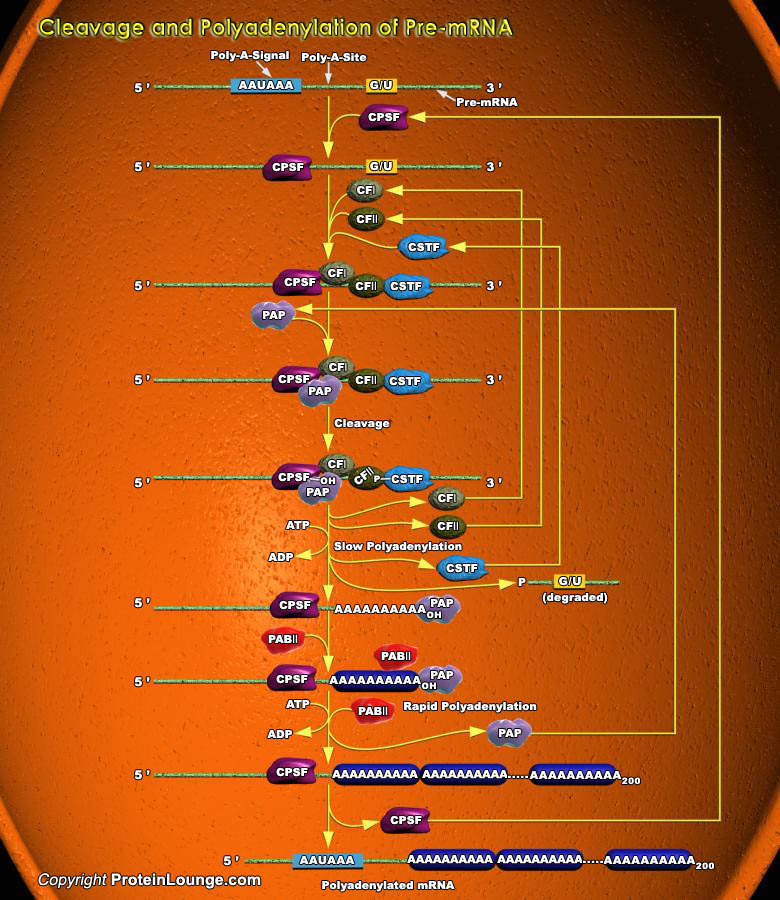
During the course of transcription, the initial RNA product synthesized by RNA POL-II (RNA Polymerase-II), called a Primary transcript undergoes several processing steps including Capping, Splicing and Polyadenylation, before a functional mRNA (messenger RNA) is produced. RNA Polymerase initiates transcription at the first nucleotide of the first exon of a gene. Shortly after transcription begins, the 5' end of the nascent RNA is capped with 7-Methyl-Guanylate.Transcription by RNA polymerase-II terminates at any one of the multiple sites approx. 0.5-2kb downstream from the 3' end of the last exon in the transcript. The 3' end of a functional mRNA then is generated by endonucleolytic cleavage at a specific sequence, the Poly-A site, located at the 3' end[..]
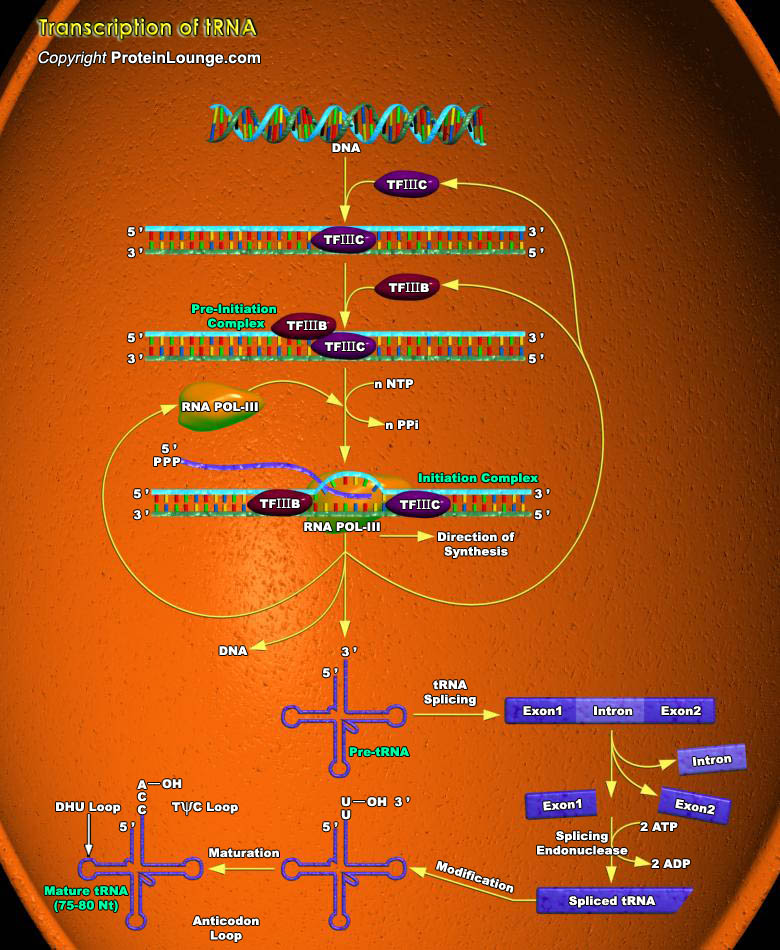
Transfer RNA (tRNA) is a small RNA chain (74-93 nucleotides) that converts information contained in mRNA into amino acid sequence. tRNA synthesis involves several steps, including initial transcript synthesis, tRNA precursors maturation and amino acid mediated charging of tRNA molecules. Maturation and charging of tRNA occurs both in cytoplasm as well as nucleus. In all organisms, tRNAs are transcribed in a pre-tRNA form that requires multiple processing steps before the mature tRNA is ready for use in translation (Ref.1).RNA polymerase III catalyses the synthesis of tRNAs in eukaryotic organisms. Many auxiliary factors work along with RNA POL III enzymes in regulating the transcription. They form a multi protein complex at tRNA genes that helps in polymerase[..]
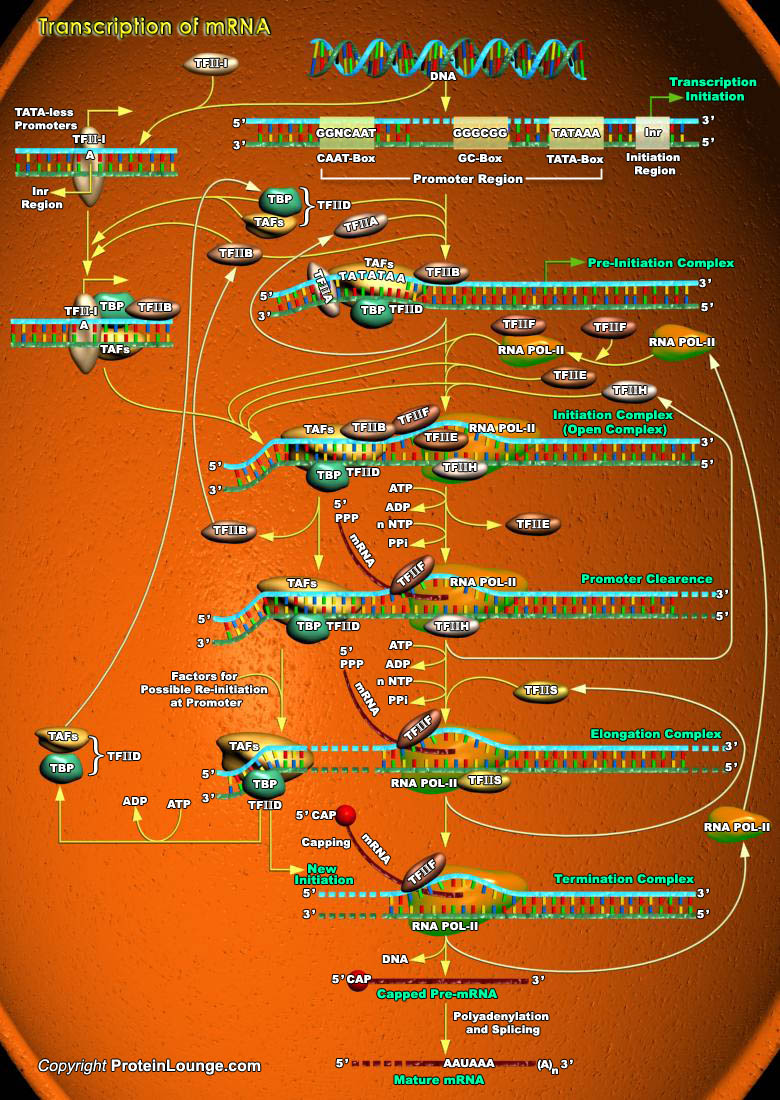
The process of DNA replication, gene transcription and protein translation combinedly known as central dogma of biology is mainly responsible for the expression and maintenance of every gene in an organism. Transcription is the process through which a DNA sequence is enzymatically copied by an RNA polymerase to produce a complementary RNA. Transcription can also be defined as a process that transcribes genetic information from DNA into RNA. In eukaryotes, it takes place in the nucleus, mitochondria and chloroplast. Transcription is performed by DNA-directed RNA Polymerases. Unlike DNA Polymerases, RNA Polymerases do not need a primer to start the reaction. While Bacteria contain only 1 RNA Polymerase, there are 3 different RNA polymerases in eukaryotic cells, which[..]
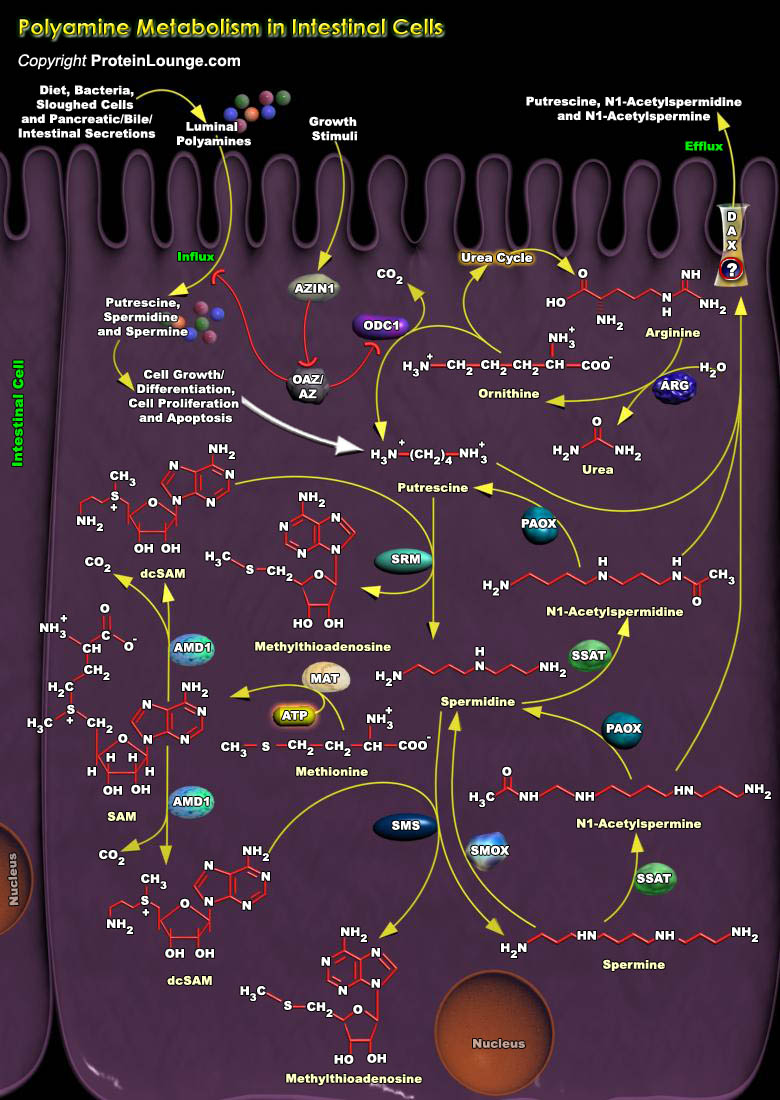
The amino-acid derived polyamines have long been associated with cell growth and cancer, and specific oncogenes and tumor suppressor genes regulate polyamine metabolism. Polyamines are organic cations that are derived from amino acids and occur in all organisms. Putrescine, Spermidine and Spermine are the main polyamines found in prokaryotes and eukaryotes. Polyamines are essential for the growth and function of normal cells. They interact with various macromolecules, both electrostatically and covalently and, as a consequence, have a variety of cellular effects. At physiological pH, polyamines carry a positive charge on each nitrogen atom and it has been suggested that polyamines are simply ‘supercations’, equivalent to one or two calcium or magnesium[..]
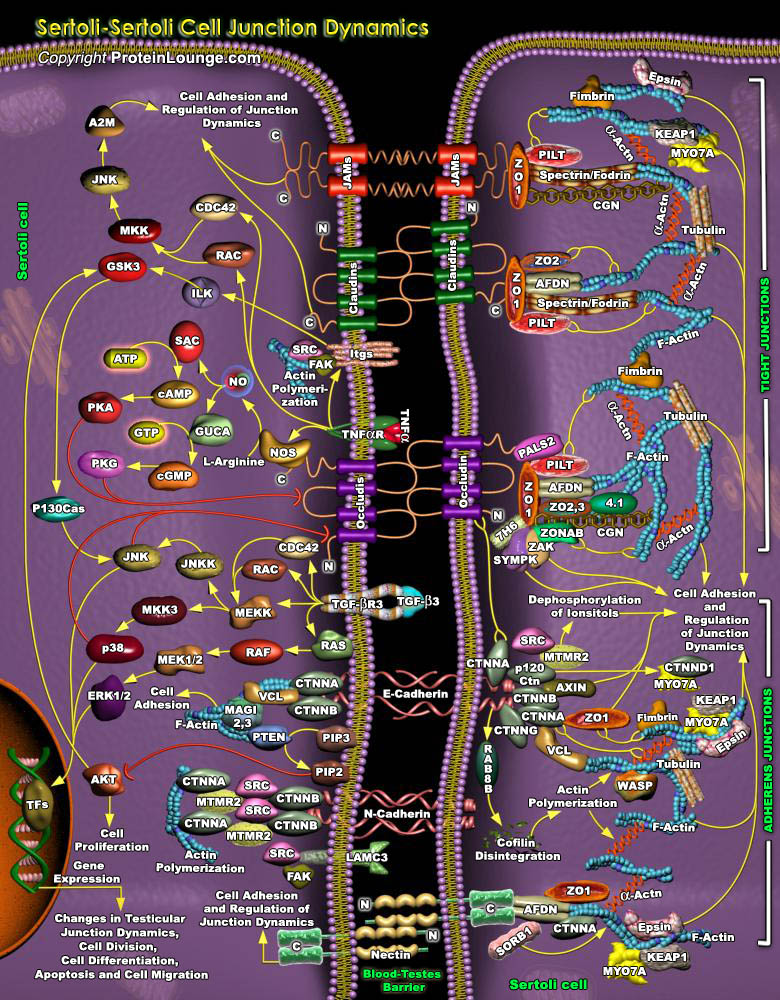
The Blood-Testes Barrier (abbreviated as BTB) acts as a physical barrier between the blood vessels and the seminiferous tubules of the testes. This barrier is formed by tight and adherens connections between the Sertoli cells, which are sustentacular cells (supporting cells) of the seminiferous tubules, and nourish the spermatogonia (Ref.1). In the testes, tight and adherens junctions are dynamically remodeled to allow the movement of post-meiotic germ cells across the seminiferous epithelium and the timely release of spermatids into the tubular lumen. Three main functions are ascribed to the blood-testes barrier; (i) creates a specialized environment; (ii) regulates the passage of molecules; and (iii) serves as an immunological barrier. When the blood-testes barrier[..]
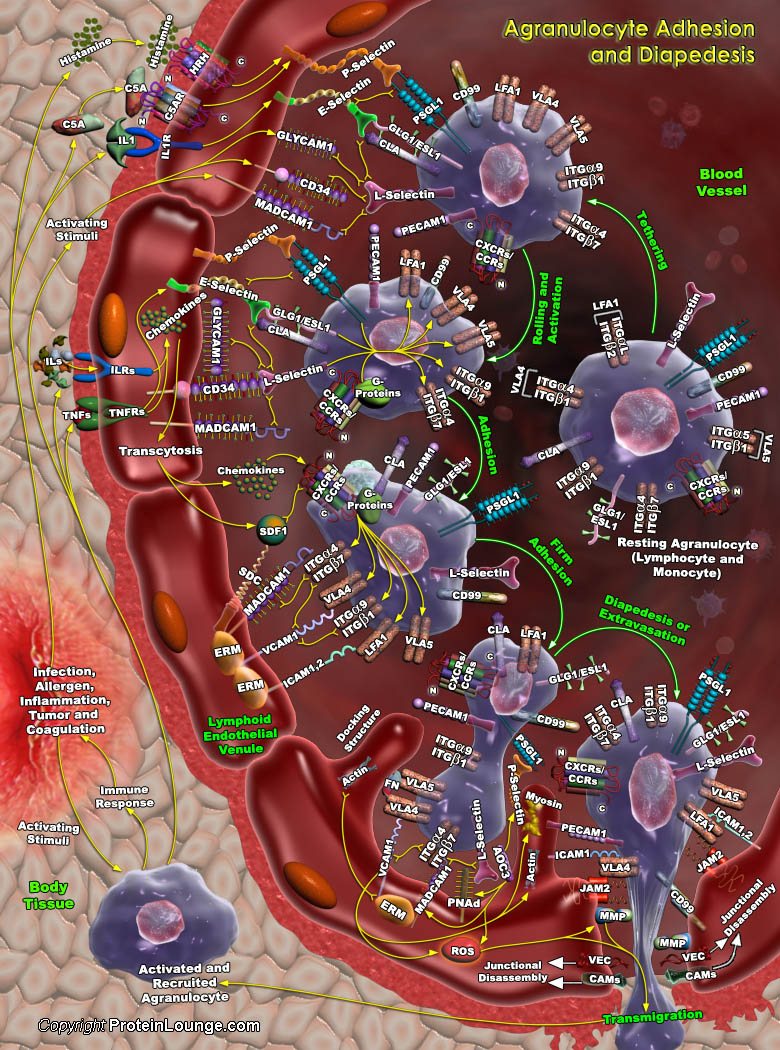
Cell adhesion and migration is the fundamental feature of multicellular organisms during defense mechanisms, where leukocytes play the central role. They bind bacteria, parasites, viruses, tumor cells etc. Furthermore, their interactions with the endothelium are of special importance. The migration of leukocytes or WBCs (White Blood Cells) from the vascular system to sites of pathogenic exposure is a key event in the process of inflammation. Generally, agranulocyte (which includes Lymphocytes and Monocytes) adhesion and passage from the bloodstream to the lymphatic system occurs in the high endothelial venules of the lymphnodes, also known as the lymphoid endothelial venule. This way the agranulocytes communicate with each other in the lymphatic system and search for[..]
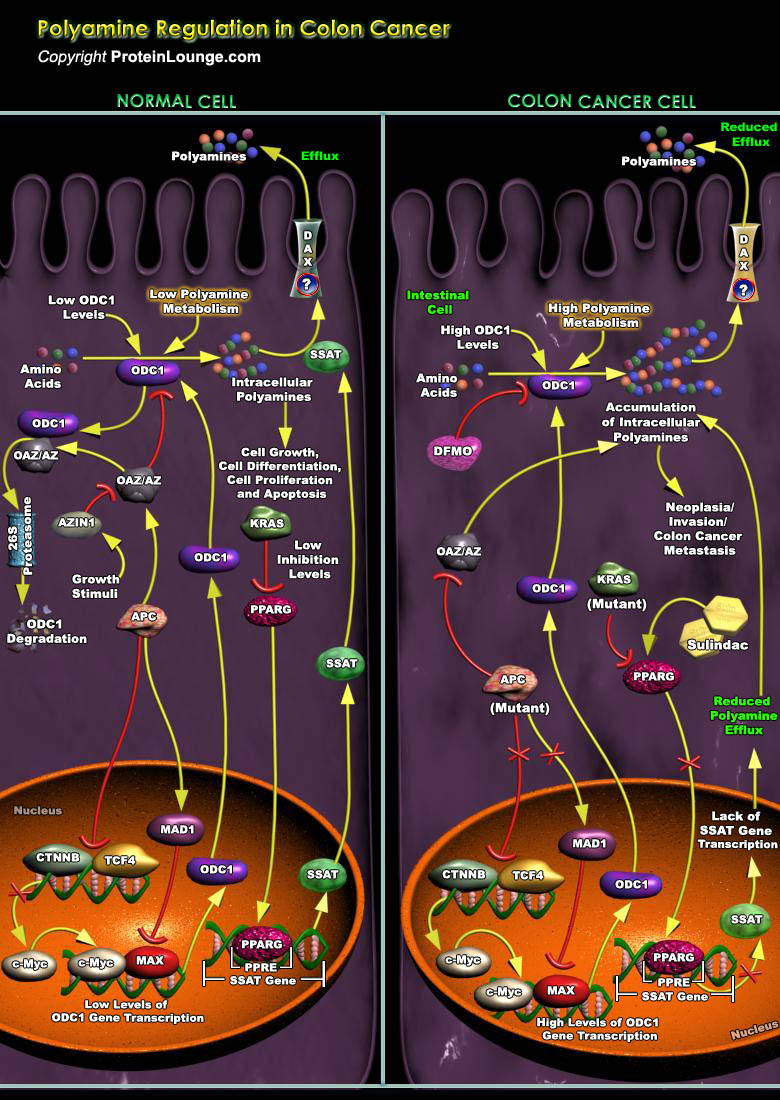
Polyamines are vital for the growth and function of normal cells. The complexity of polyamine metabolism and the multitude of compensatory mechanisms that are invoked to maintain polyamine homoeostasis argue that these amines are critical to cell survival. The regulation of polyamine content within cells occurs at several levels, including transcription and translation (Ref.1). The amino-acid derived polyamines like Putrescine, Spermidine and Spermine that are the main polyamines found in prokaryotes and eukaryotes, have long been associated with cell growth and cancer, and specific oncogenes and tumor suppressor genes regulate polyamine metabolism. Regulation of these polyamines (otherwise known as “organic cations”) is chiefly associated with cancers[..]
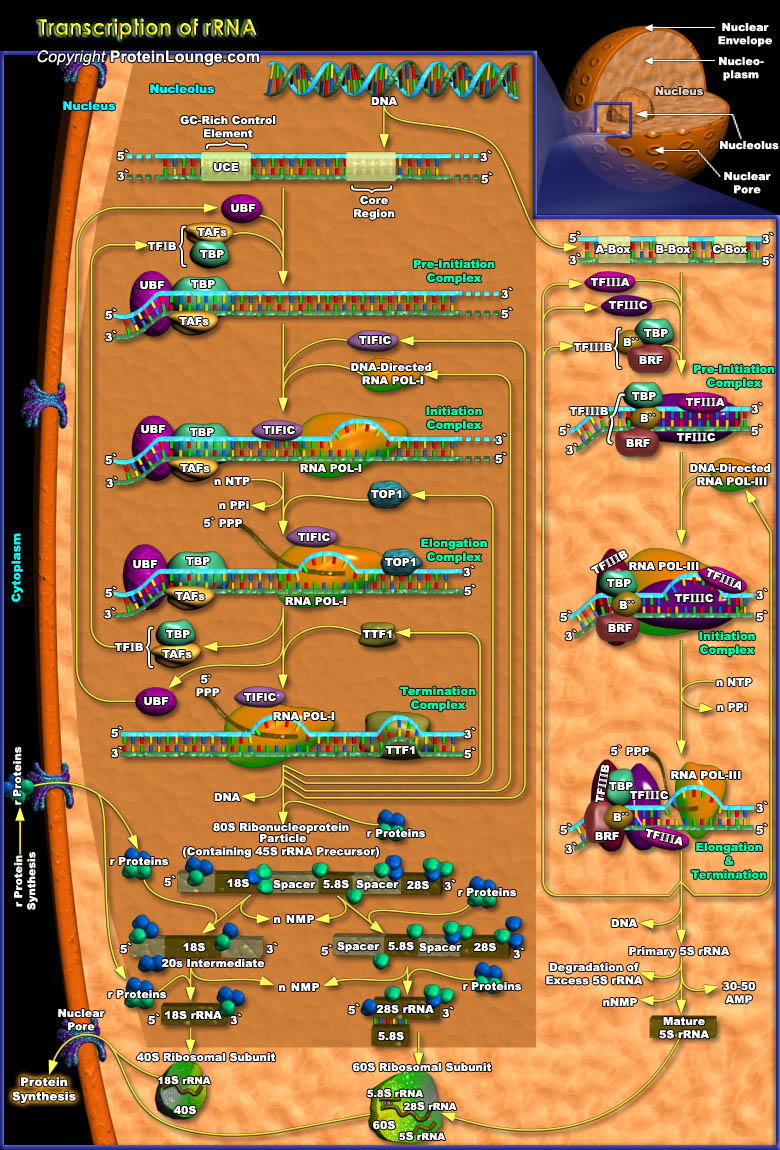
rRNA (Ribosomal RNA) is the central component of the Ribosome, the protein manufacturing machinery of all living cells. The synthesis of new ribosomes begins during transcription of the rRNA which is tightly regulated to maintain the right number of ribosomes. In eukaryotes, : ribosomal proteins are synthesized in the cytosol whereas transcription, processing of rRNA, and the assembly of ribosomes take place in the nucleoli, where it follow an orderly 5' to 3' gradient. Only the transcription of the small 5S rRNA occurs in the nucleoplasm. The ribosomal proteins and assembly factors are imported into the nucleus, where they are combined with the appropriate rRNAs. They self-assemble into the two complex folded structures (the large 60S and the small 40S[..]
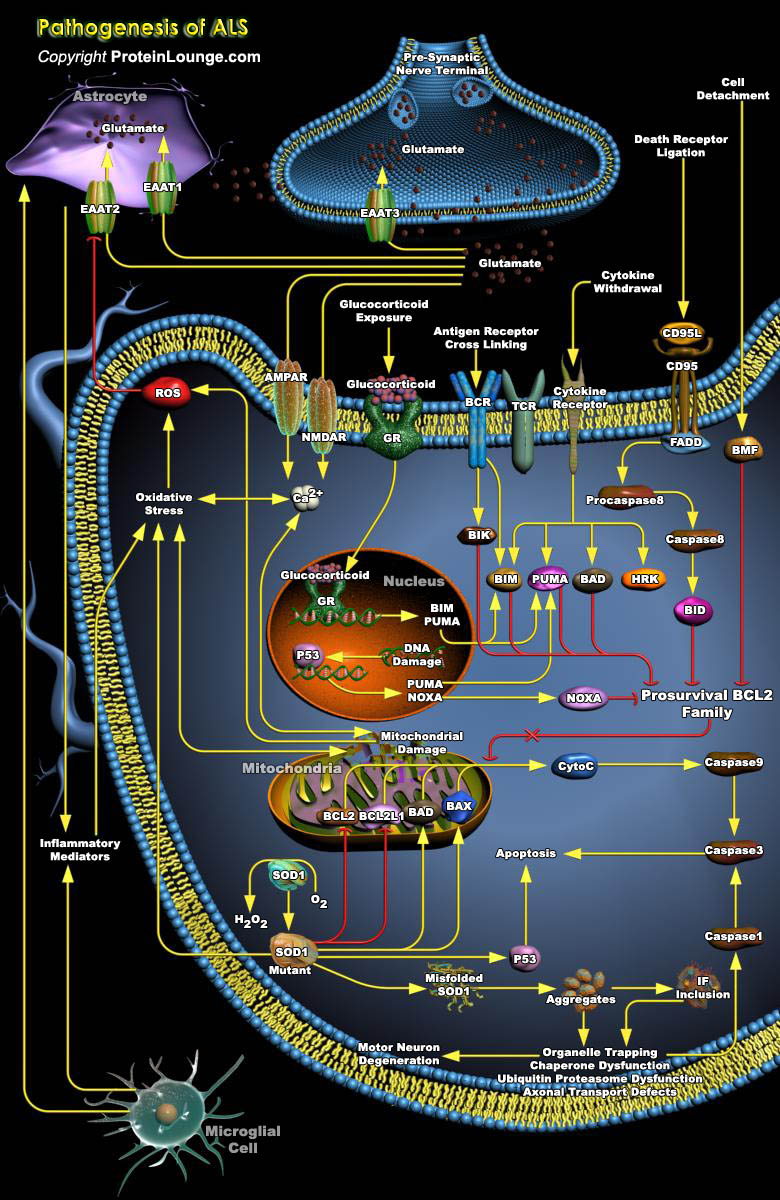
ALS (Amyotrophic Lateral Sclerosis), also known as Lou Gehrig’s disease, is a devastating neurodegenerative disorder, which is characterized by the selective degeneration of upper and lower motor neurons, the large nerve cells connecting the brain to the spinal cord and from the spinal cord to muscles, which control muscle movement. The loss of motor neurons leads to progressive atrophy of skeletal muscles. ALS is a relentless disease that manifests as progressive decline in muscular function resulting in eventual paralysis, speech deficits and, ultimately, death due to respiratory failure in the majority of ALS patients within 2 to 5 years of clinical onset. In spite of its notoriety, the mechanisms underlying ALS remain obscure and therapies with long-term[..]
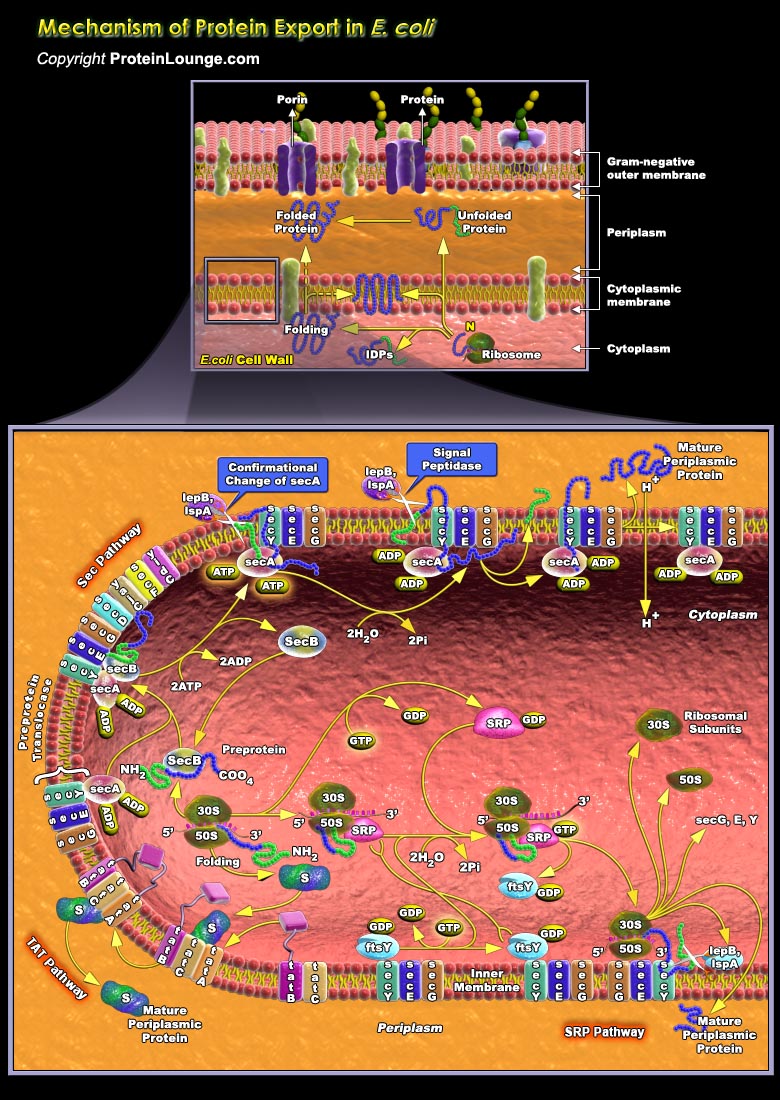
The translocation of proteins from one compartment to another is an essential feature of cellular life. The proper functioning of extracytoplasmic proteins requires their export to, and productive folding in, the correct cellular compartment. Gram-negative bacteria secrete a wide range of proteins whose function includes biogenesis of organelles, such as Pili and flagella; nutrient acquisition; virulence; and efflux of drugs and other toxins. Export of these proteins to the bacterial surface involves transport across the IM (Inner Membrane), Periplasm, and OM (Outer Membrane) of the cell envelope. All proteins in Escherichia coli are initially synthesized in the cytoplasm then follow a pathway that depends upon their ultimate cellular destination. Many proteins[..]
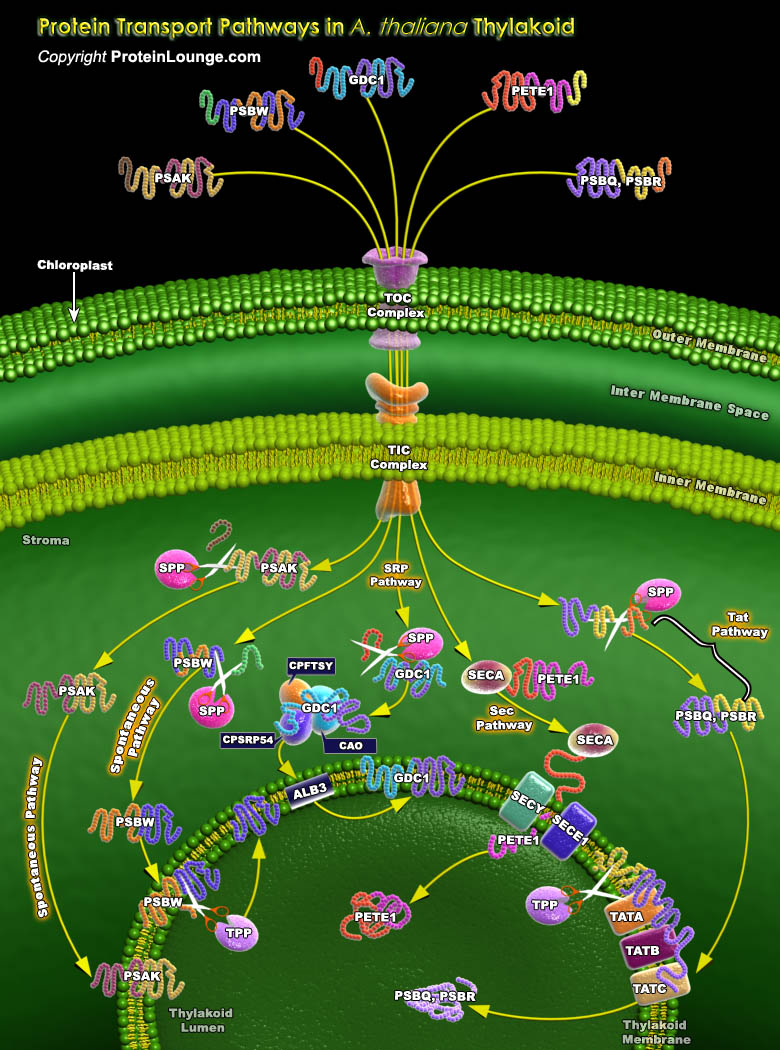
Chloroplasts are exceptionally complex organelles found ubiquitously in Plant and Algal cells. Chloroplasts contain at least six suborganellar compartments: Outer and Inner membranes, Intermembrane Space, Stroma, and Thylakoid membrane and Lumen, all of which require specific trafficking systems. The Thylakoid membrane of the Chloroplast accounts for the bulk of the Chloroplast lipid content and contains the abundant proteins associated with light capture and photosynthetic electron transport.The targeting systems of the Thylakoid appear to be conserved from the Protein export systems that exist in Gram-negative bacteria. The Thylakoid membrane contains four especially prominent complexes (Photosystems I and II, Cytochrome b/f complex and the ATP Synthase), each of[..]

